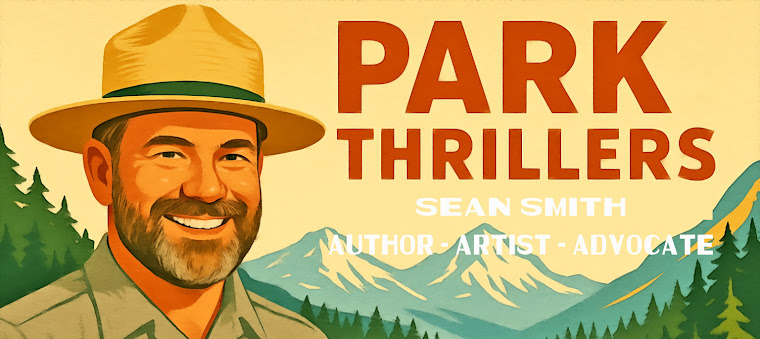 |
| Visitors taking a Selfie ~ NPS |
The Digital Hike: Social Media’s Role
Social media platforms such as Instagram, Facebook, and TikTok are no longer just for sharing selfies or keeping up with friends; they have become powerful tools for discovering new destinations and inspiring travel. Stunning images and engaging videos showcasing the natural beauty of national parks are widely shared, enticing viewers to experience these wonders firsthand.
The study underscores that posts featuring picturesque landscapes, wildlife encounters, and adventurous activities substantially impact people's travel choices. These visually captivating posts often go viral, reaching millions and sparking a desire to visit these locations.
Numbers Don’t Lie: The Surge in Park Visits
The study provides compelling statistics to support the claim that social media drives the surge in park visits. It notes that parks featured prominently on social media platforms have seen a noticeable uptick in visitor numbers. For instance, locations like Yellowstone, Yosemite, and the Grand Canyon frequently appear in social media feeds, correlating with increased visitation rates.
Pros and Cons: Balancing Benefits and Challenges
While the boost in park visitation is beneficial for promoting outdoor activities and nature appreciation, it also presents several challenges. Increased foot traffic can lead to environmental degradation, overuse of trails, and strain on park resources. National parks are grappling with maintaining the delicate balance between welcoming visitors and preserving the natural habitats they protect.
Influencers and Park Promotion
Influencers play a crucial role in this dynamic. Their adventures and endorsements can significantly amplify interest in specific parks. However, this influence is a double-edged sword. Responsible promotion, including educating followers about sustainable practices and respect for nature, is essential to mitigate the negative impacts of increased visitation.
Sustainable Solutions: Navigating the Future
To address these challenges, park authorities and social media influencers are increasingly collaborating on initiatives to promote sustainable tourism. Efforts include:
Educational Campaigns: Raising awareness about preserving natural environments and encouraging responsible behavior among visitors.
Visitor Management: Implementing strategies such as timed entry systems and visitor caps during peak seasons to manage the flow of tourists.
Infrastructure Improvements: Enhancing trails, facilities, and resources to accommodate the growing number of visitors without compromising the parks' ecological integrity.
Conclusion: A Digital Path Forward
The intersection of social media and national park visitation is a testament to digital platforms' profound impact on real-world experiences. While the increased interest in exploring natural landscapes is a positive trend, thoughtful management is required to preserve these treasured environments for future generations.
As we continue to share the beauty of our national parks through social media, it’s imperative that we also promote and practice sustainability. By doing so, we can enjoy the wonders of nature while ensuring they remain pristine and accessible for all who seek the serenity and adventure they offer.


No comments:
Post a Comment